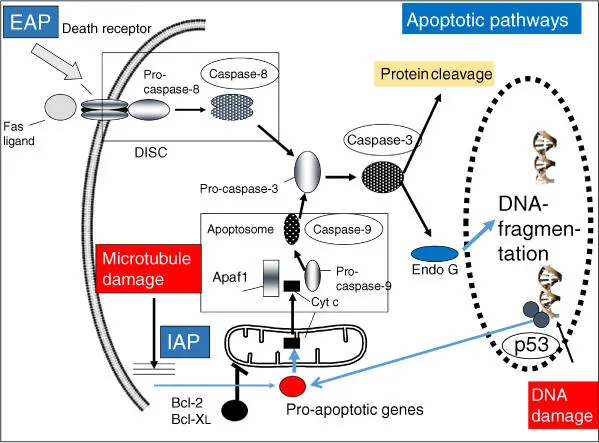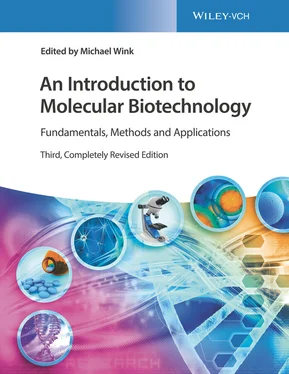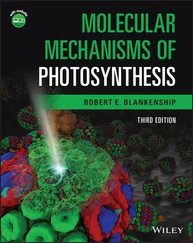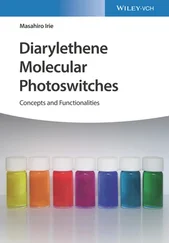Although many characteristics discussed in the earlier sections apply to all cells, we must remember that there are differences between unicellular organisms and that a multicellular organism contains a variety of cells that are differentiated in many ways according to the division of labor among them. Important is the presence of totipotent stem cells from which all the other cell types derive. Stem cellsare abundant in the early embryo ( embryonic stem cells), but tissue‐specific stem cell exists throughout life. Also tumors are known to have tumor stem cells, which often resist the treatment by chemotherapeutics. They can be the cause for a relapse after initial tumor treatment. In plants, stem cell‐like tissues are termed “ meristem” ( protoderm , procambium).
Many simple organisms (bacteria but also eukaryotes such as yeast, algae, or protozoa) consist of a single cell, whereas more highly developed organisms are multicellular. The level of bacteria and unicellular eukaryotes already shows a fascinating degree of differentiation and variety of shapes that are genetically controlled.
In multicellular organisms, an increasing specializationand division of laborcan be observed in the cells. Through differentiation, huge differences occur in architecture, size, and function of the cells. The differentiated cells form specific tissues and organs that communicate with each other. In humans, more than 10 13cells of 200 different types (Table 3.9) are found in various tissues and organ systems. The human genome contains about 21 000 protein‐coding genes, of which less than 30% are needed to provide the essential proteins for a cell. What makes the division of cells and tissue possible is the differential expression of the genome. During the differentiation process, further genes are activated, while the majority of genes in a cell remain switched off. The specific selection and combination of expressed genes make a wide range of functions and structures possible.
To find out which genes are active in which cell type is one of the major tasks of cell and molecular biology. A technical breakthrough was the development of DNA arraysand of RNA‐Seq by NGS( Chapter 14) to study differential gene expression. Variations during the development of an organism or as a result of environmental changes further complicate the analysis. This area is covered by functional genomics, transcriptomics, and proteomics. Developmental biologists try to find out which differentiation factors are necessary to change a totipotent stem cell(as present in the early embryonic stages) into a differentiated cell and corresponding tissues and organs. This knowledge is essential for the use of stem cells in gene therapy or tissue engineering. Table 3.9summarizes the major types of plant and animal cells and their main functions.
If animal cells are injured mechanically, by wounding, heat or deep temperatures, or toxic chemicals, they often die spontaneously in a process called necrosis. Necrotic cells release their content in the environment and usually elicit an inflammatory response.
Cells do not live forever; they can show senescence (see Section 4.1.2on telomeres and telomerase) and can eventually die in a programmed cell death, termed apoptosis. Cells then shrink, the cytoskeleton collapses, the nuclear envelope disassembles, and the chromosomes become fragmented. DNA shows a typical ladder when studied by electrophoresis. Cells break into several smaller compartments, the apoptotic bodies, which are eventually degraded by macrophages through phagocytosis. Thus, apoptotic cells do no leave a corpse behind. Apoptosis occurs during the development of tissues and organs but also in aging tissues and organs. Also some chemicals that disturb membranes or DNA can induce apoptosis.
Apoptosis ( Figure 3.29) is triggered by a group of intracellular proteases, termed caspases(c for cysteine and asp for aspartic acid). The caspases are produced as inactive precursors and are activated only during apoptosis. Two classes of caspases are distinguished: initiator caspases and executioner caspases. The initiator caspases(caspase 8 and 9) occur as inactive monomers. Activated by an apoptotic signal, the monomers assemble to complexes. Dimers are formed, which cleave each other in the protease domain, resulting in an active enzyme. The activated initiator caspases then activate executioner caspases (caspases 3, 6, and 7) by cleaving their protease domain. As a consequence, the activated executioner caspasesthen start to hydrolyze all cellular proteins, which will lead to cell death. Also a DNA degrading endonuclease becomes activated, which then starts to degrade the chromosomes.

Figure 3.29 Schematic outline of apoptotic pathways.
The initial signal for apoptosis can derive from the extrinsic pathwayor the intrinsic (mitochondrial pathway). The extrinsic pathwaybecomes activated, when certain signal proteins bind to surface death receptors, which belong to the tumor necrosis factor (TNF) receptor family. The death receptor consists of a TNF receptor plus a Fas death receptor. When a killer lymphocyte with Fas ligandsbinds to the Fas death receptor, intracellular adaptor proteins bind to initiator caspases (caspase 8) forming a death‐inducing signaling complex ( DISC ). DISC actives downstream the executioner caspases.
The intrinsic pathway, which is activated by DNA or membrane damage, is more complicated: in principle, mitochondrial proteins (such as cytochrome c ) are released into the cytosol where they activate the caspase cascade. Cytochrome c binds to the adaptor protein Apaf 1 ( apoptotic protease activating factor), which oligomerizes to the apoptosome. Apaf1 proteins activate initiator caspases (caspase 9), which then stimulate the executioner caspases downstream. The release of mitochondrial proteins is tightly controlled by proteins of the Bcl2 family. In the Bcl2 family, we distinguish between pro‐apoptotic( Bax, Bak, Bad, Bim, Bid, Puma, Noxa) and anti‐apoptotic( Bcl2, BclX L) proteins. If DNA is strongly damaged, the tumor suppressor gene p53 accumulates. p53 stimulates the expression of pro‐apoptotic proteins Puma and Noxa and then initiates the intrinsic pathway.
1 Murphy, K. and Weaver, C. (2017). Immunobiology. New York: Garland Science.
2 Parham, P. (2015). The Immune System. New York: Arland Science.
3 Voet, D., Voet, J.G., and Pratt, C.W. (2016). Fundamentals of Biochemistry, Life at the Molecular Level, 5e. Hoboken, NJ: Wiley.
1 Alberts, B., Johnson, A., Lewis, L. et al. (2015). Molecular Biology of the Cell, 6e. New York: Garland Science.
2 Alberts, B., Bray, D., Hopkin, K. et al. (2019). Essential Cell Biology, 5e. New York: Garland Science.
Читать дальше




![Andrew Radford - Linguistics An Introduction [Second Edition]](/books/397851/andrew-radford-linguistics-an-introduction-second-thumb.webp)








